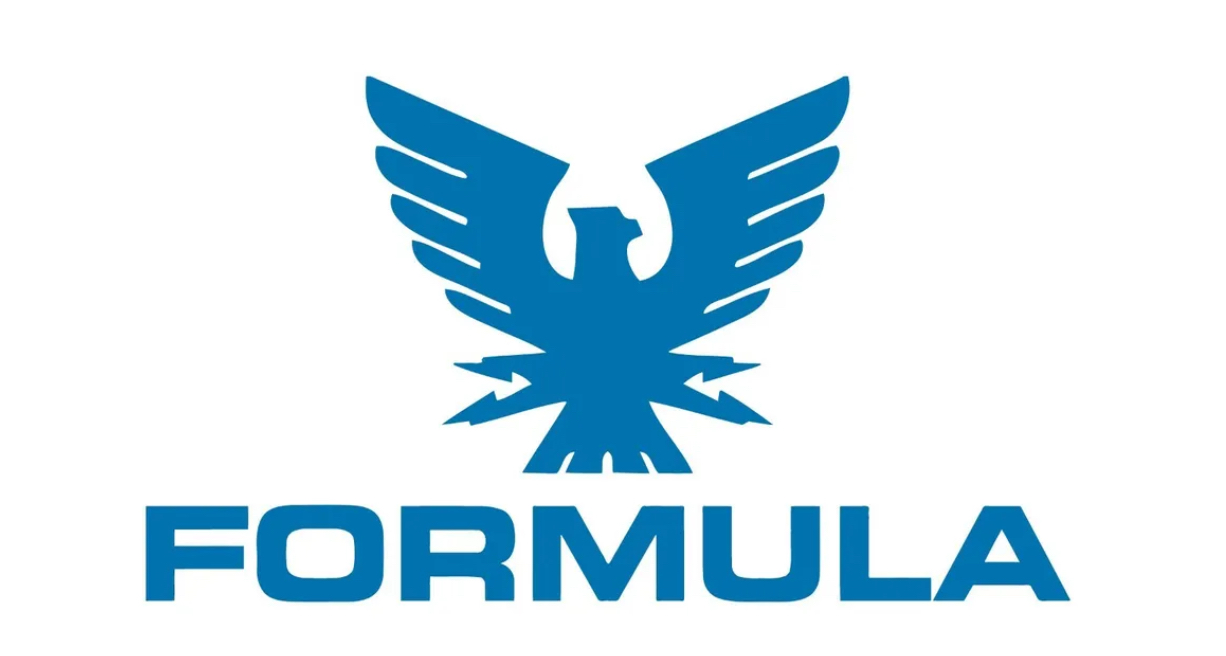summersled
New member
Unfortunately Summer Sled is already sleeping in her best winter shrink...and we had a frigid night in the 20s.
When I arrived at my shop, were she sleeps on the hard, I found her wide awake and alarming. I'd left the engine room fire suppression system engaged and it was reading "discharged" with a red light and the source of the sound. I turned it to override which stopped the alarm.
Do you feel it froze and was giving a false reading of discharge as a result? I opened the hatch and there wasn't a room full of fire retardant.
On a related note how often do you all have those systems recharged?
When I arrived at my shop, were she sleeps on the hard, I found her wide awake and alarming. I'd left the engine room fire suppression system engaged and it was reading "discharged" with a red light and the source of the sound. I turned it to override which stopped the alarm.
Do you feel it froze and was giving a false reading of discharge as a result? I opened the hatch and there wasn't a room full of fire retardant.
On a related note how often do you all have those systems recharged?

